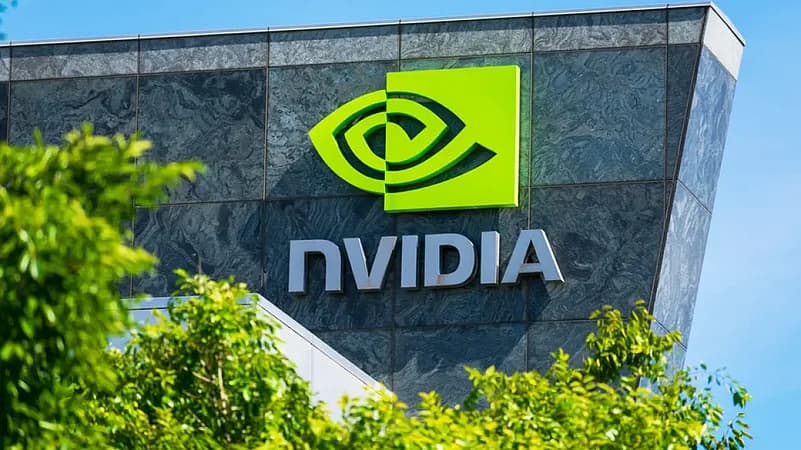We're loading the full news article for you. This includes the article content, images, author information, and related articles.
NVIDIA announced it will provide the computational power for G-QuAT, a new Japanese AI-quantum supercomputer (ABCI-Q) dedicated to quantum research. NVIDIA GPUs will integrate with the quantum simulator, creating a leading platform for AI-driven quantum computing experiments.

Santa Clara, CA — In a bold stride toward the future of computational science, NVIDIA has been named a central technology partner in the launch of the world’s largest quantum-AI research supercomputer, the Global Quantum-AI Testbed (G-QuAT). Located in Japan and developed in close collaboration with Fujitsu, this landmark facility is designed to accelerate breakthroughs in the next frontier of science: the convergence of quantum computing and artificial intelligence.
At the heart of G-QuAT lies ABCI-Q, an advanced quantum simulator purpose-built for hybrid research workloads. From simulating entangled particle systems to optimizing quantum machine learning algorithms, G-QuAT represents a monumental leap forward for interdisciplinary R&D, promising to rewrite the boundaries of what’s computationally possible.
“Quantum computing holds immense potential, but it needs the right AI and HPC infrastructure to fully unlock it. That’s where NVIDIA comes in,” said an NVIDIA spokesperson.
The fusion of quantum computing and artificial intelligence could usher in a new era of problem-solving capabilities—especially in fields like:
Materials science
Cryptography
Drug discovery
Logistics and optimization
Climate modeling
However, quantum hardware is still in its early stages. That’s why simulators like ABCI-Q are so critical—they allow researchers to model and test quantum algorithms at scale without needing thousands of physical qubits.
Here’s where NVIDIA’s GPUs become indispensable.
G-QuAT leverages NVIDIA’s state-of-the-art GPUs and AI software stacks to simulate quantum behavior, process massive datasets, and integrate classical AI with quantum logic.
Specifically:
Quantum circuit simulations are run on multi-GPU clusters optimized with NVIDIA CUDA Quantum libraries.
AI models help interpret, optimize, and validate quantum simulations with much greater speed and accuracy.
The NVIDIA-powered infrastructure enables real-time hybrid computing, where classical AI and quantum simulation co-process problems dynamically.
This type of hybrid architecture is foundational to solving problems that neither classical nor quantum systems can efficiently tackle alone. It marks a paradigm shift in how humanity approaches the toughest scientific and industrial challenges.
Backed by Japanese research institutions and international collaborators, G-QuAT is envisioned as a global hub for quantum-AI exploration. The facility is expected to attract a wide spectrum of researchers—from quantum physicists and computer scientists to pharmaceutical companies and national security agencies—all seeking to leverage this new computational edge.
In enabling this, NVIDIA is reinforcing its position as the backbone of next-generation high-performance computing (HPC) and a catalyst for the world’s most ambitious R&D efforts.
TL;DR: NVIDIA is powering Japan’s new G-QuAT supercomputer—the world’s largest quantum-AI research facility. Working with Fujitsu, the platform integrates quantum simulation and AI processing using NVIDIA GPUs, aiming to fast-track discoveries in materials science, cryptography, and beyond. It’s a major step forward in merging quantum theory with real-world AI computation.
Keep the conversation in one place—threads here stay linked to the story and in the forums.
Other hot threads
E-sports and Gaming Community in Kenya
Active 7 months ago
Popular Recreational Activities Across Counties
Active 7 months ago
The Role of Technology in Modern Agriculture (AgriTech)
Active 7 months ago
Investing in Youth Sports Development Programs
Active 7 months ago